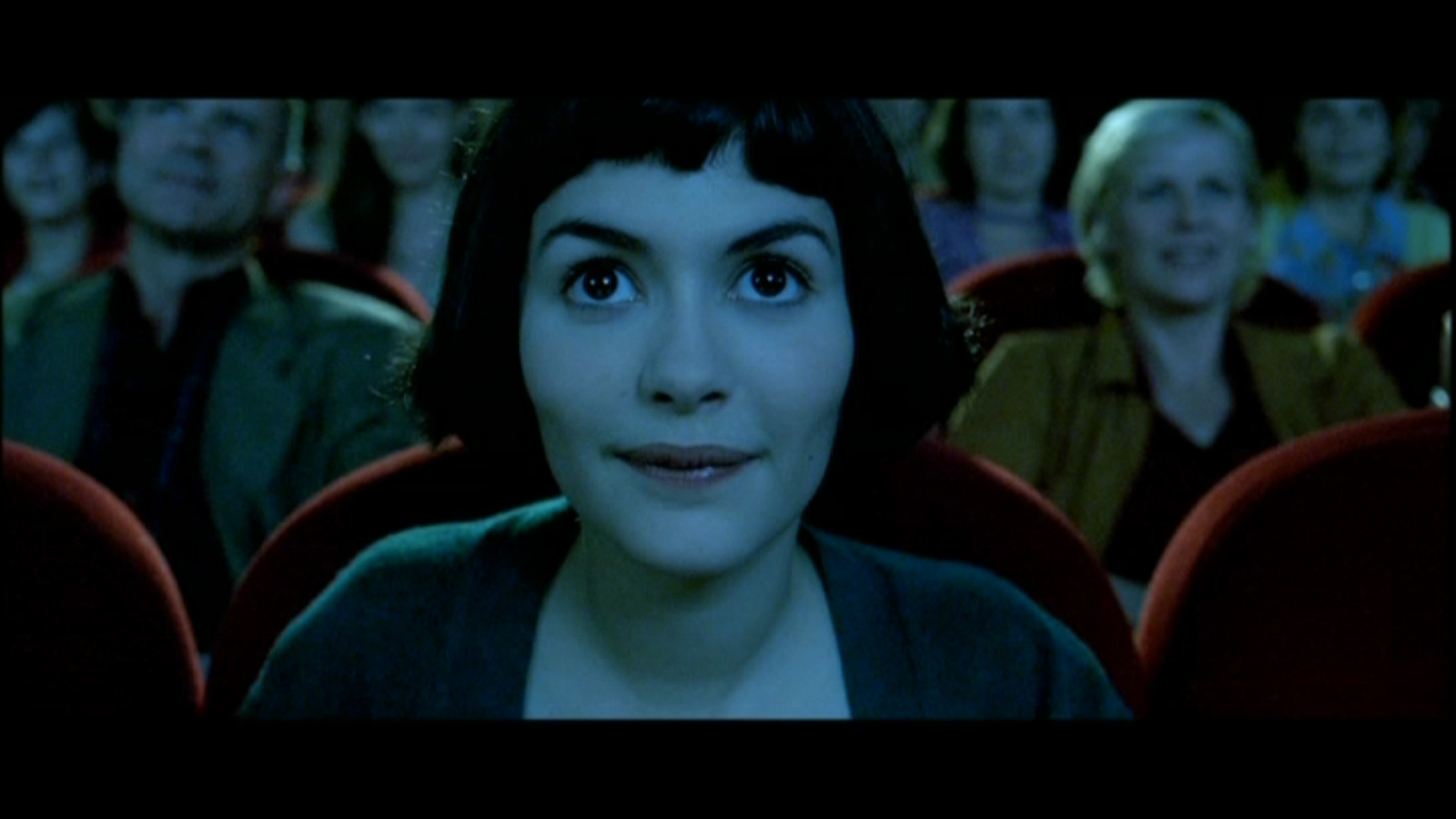

However among some British people, there was a backlash against this attempt to present the former princess as if she was a saint. The untimely death of Lady Diana inspired a widespread outpouring of public grief. This might have seemed particularly irritating for a number of my fellow-British people at the time when the film was made. A young woman is inspired by the death of Lady Diana (former Princess of Wales) to perform good deeds for others. As summarised at the time, it does indeed sound dreadful. Merely hearing the storyline of Amélie was enough to set many people’s teeth on edge. Perhaps Jeunet could have done more to capture the richness of Paris’s society though. The photo album that plays an important part in the story also features people from different ethnic backgrounds. Lucien is played by Jamel Debbouze, an actor of Moroccan descent. Jeunet’s Paris is largely white, they argue, and not the diverse society it really is. Some critics have complained about a certain ethnic cleansing too. Before filming the outdoors scenes, he had the paths swept clean of litter and dirt. In line with the fantastical approach towards reality, Jeunet offers a sanitised vision of France. There is also the elegant and wistful French music, often waltzes, that gives the film a traditional feel. He is insistently present for the first part of the story, and thankfully slips into the background as the film progresses. Passport photos have conversations with one another, and a bedside lamp in the shape of a pig shakes its head sadly before turning off the light.ĭespite the many modern techniques, Jeunet also uses the old-fashioned device of having a narrator tell the story.

The film is shot in hues of green, yellow and red, but some flashbacks and fantasies play out in black-and-white. The unreal quality is added to by the constant camera tricks – montages, captions and arrows appearing on the screen, CGI, rapid zooms and cross-cutting. Amélie Poulain has long flights of elaborate daydreaming, every image of which is shown to us visually. Amélie is not a fantasy as such, yet it often feels like one. The familiar visual trickery that makes up a Jeunet film therefore seems well-suited to the fantastical theme of the story. How does one find love and companionship in the bustle of modern society, especially when one does not fit in? “Times are hard for dreamers,” one character says.
AMELIE 2001 MOVIE MOVIE
The opening credit sequence is a montage of the growing Amélie performing childish activities – playing with dominoes, making music with glasses, eating raspberries from her fingers etc.Īnother notable feature of Jeunet’s films is that they are populated with oddballs, misfits and outcasts – only this time the heroine’s individuality and isolation are what the movie is about.

Jeunet is said to have been collecting the little impressions and events that make up Amélie since 1974. Trivial incidents that happened on particular dates are drawn to our attention – nuns playing basketball, for example. Characters are introduced with a montage describing their likes and dislikes, covering everything from piercing the crust of crème brûlée with a spoon to watching a bullfighter getting gored. Here he has a heroine and other characters who make a virtue out of those qualities. Jeunet’s movies have always been about finding pleasure in small things, and noticing the little details around us which other people miss. All the trends that can be incidentally found in Jeunet’s other movies are here presented as the film’s central themes. Amélie might be said to be a manifesto of Jean-Pierre Jeunet’s philosophy of film-making and storytelling.


 0 kommentar(er)
0 kommentar(er)
